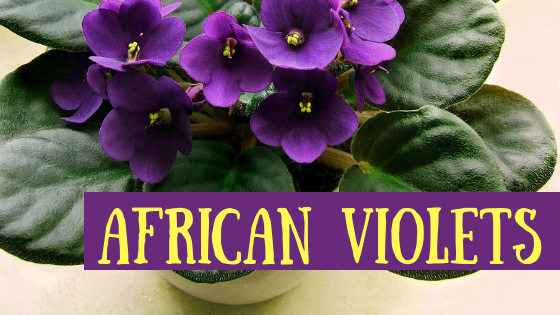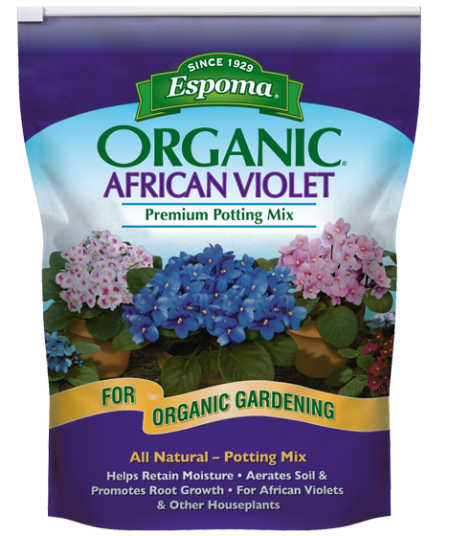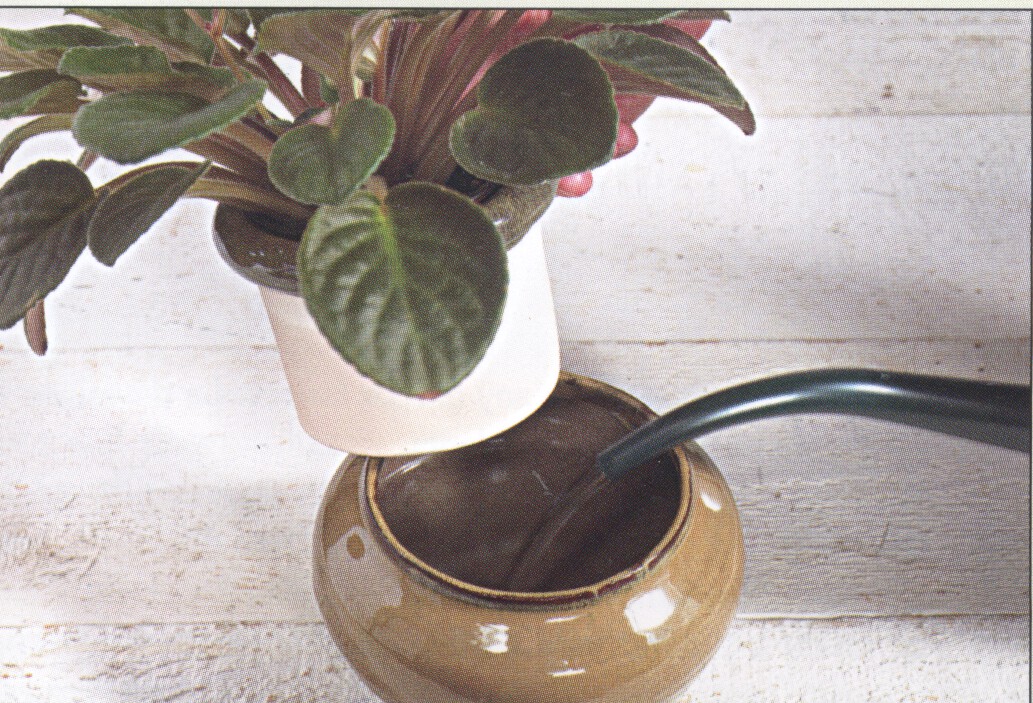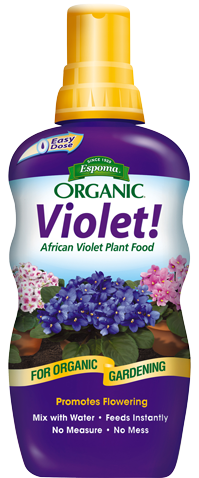
African Violets are sometimes called “America’s Favorite Houseplant.” And it’s easy to see why! Their compact size makes them perfect for just about every nook and cranny in your home. Not only that, but they bloom for months and months with a cheerful array of whites, reds, purples or yellows. African Violets have a somewhat undeserved reputation for being a fussy flower, but by paying attention to a few simple elements, you can keep your violets happy and blooming for years to come.

Potting African Violets like a really light, well-draining soil with lots of aeration around the roots. When planting or re-potting, always use an African violet specific mix. We recommend Espoma’s African Violet Mix, a rich blend of sphagnum peat moss, peat humus and perlite.Light African Violets love a lot of bright, indirect light. A north or east facing window is perfect for the spring and summer. It’s a good idea to rotate them every once in a while, so the whole plant gets even light. During the winter, you can use a grow light or move your violet to a brighter south west facing window for some extra rays.Temperature Luckily, African Violets like pretty much the same temperatures we humans like. If you keep your house at regular room temperature (about 65 to 70 degrees) your violets will be pleased as punch! Just remember to keep them away from any cold drafts or window panes during the winter. Water African violets have sensitive leaves and really don’t like to be watered overhead, so it’s best to water them from the bottom up. There are several ways to do this. If you’re using a regular terra cotta pot, just fill the tray up with 1” of water and let the violet soak it up through the pot for about an hour. After that, you can pour off the extra water.

Self-watering African Violet pots are also a great bottom-up watering solution. You just fill the reservoir, and the porous sleeve allows the plant to soak up as much water as it needs. Which ever method you use, let the plants dry out a bit between watering. Too much water can cause root rot – a common problem. Like most tropical plants, African Violets also like pretty high humidity, so a pebble tray is always a good idea.

Fertilize
African Violets need a special fertilizer to really maximize their blooms. There are several great violet fertilizers on the market, but e really like Espoma’s Violet! Plant Food. It’s 100% organic and specially formulate for African Violets. Plus, it’s super easy to use! A good rule of thumb is to feed your violets every two to four weeks between spring and fall to maximize their blooms.
